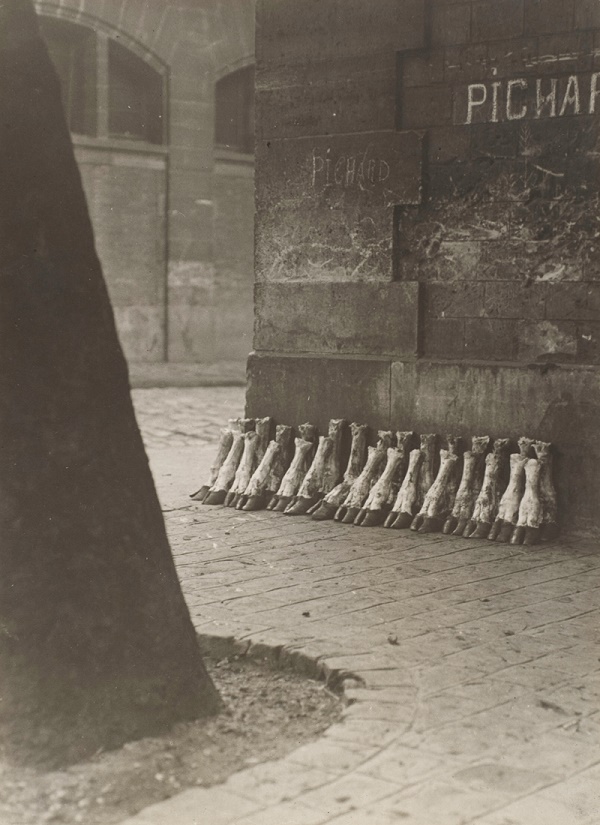
Eli Lotar, Aux Abattoirs de La Villette [At La Villette’s Slaughterhouses], 1929, coll. Metropolitan Museum, NYC
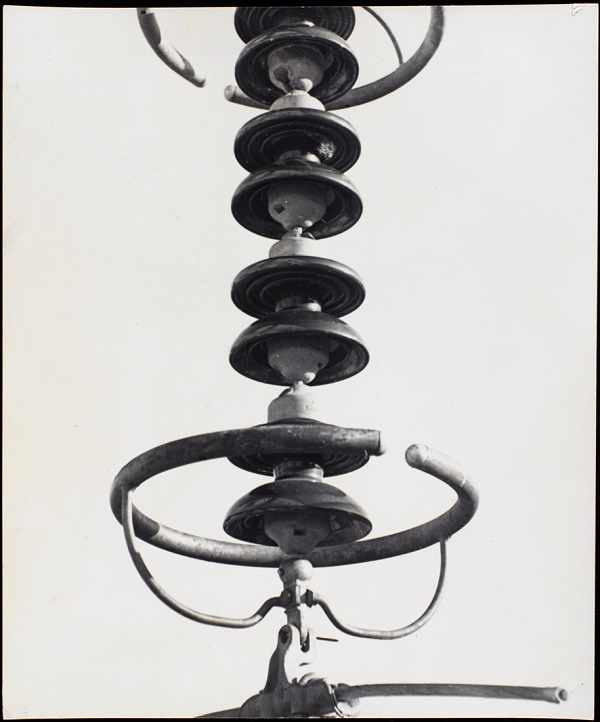
Eli Lotar, Isolator, circa 1930, coll. Centre Pompidou, Paris
The exhibition at the Jeu de Paume (February 4 – May 28, 2017) presents Eli Lotar’s œuvre more comprehensively; the Centre Pompidou co-organized it, and it sometimes shows: more scientific stiffness, less libertarian creativity. Lotar’s first works, heavily inspired by the Nouvelle Vision movement and Germaine Krull, his then-companion and initiator, feel quite conventional: high- and low-angle shots, tilted frames, metal architectures (the Eiffel Tower, a circus, ships’ rigs…), the peculiar details of an isolator or a plane, grids and structures, etc. —very much in tune with the era’s aesthetics.
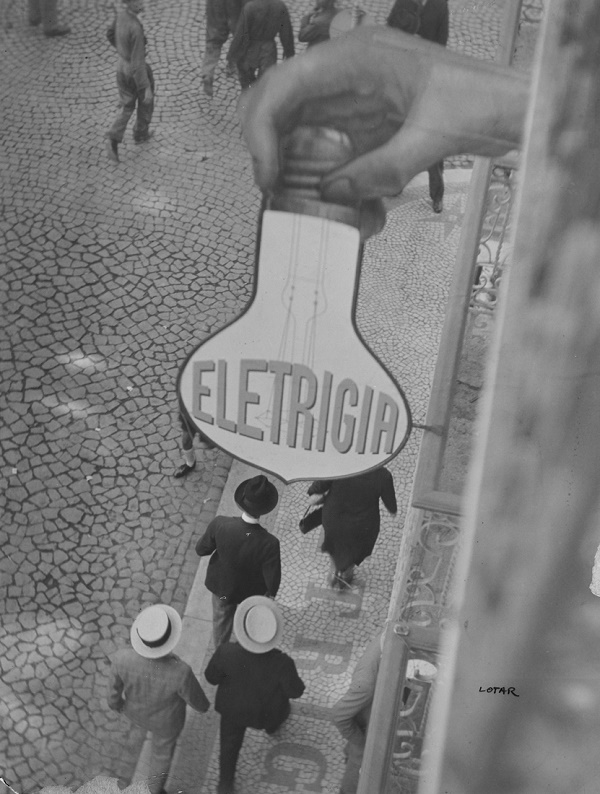
Lotar doesn’t have a Surrealism membership card per se, but he plays masterfully with reality and perception. The image pictured above, from a brief trip to Lisbon in 1931 to prepare a film on A Severa, the historic fado singer (the first Portuguese sound film), is very revealing of his way of photographing: high-angle view, incongruity and interest for the crowd.

Eli Lotar, Paris fair, 1928
Early on, he introduces a more humanist if not social dimension to his photos, branching off from the aestheticizing aloofness characterizing many of his contemporaries. Tasked with a reportage on the Paris fair, Lotar photographs the visitors’ legs walking around the stalls, in circles or standstill, their tiredness. Instead of a specific crowd, there is only a “concept” of it, an anchorless generality, outside of space and almost outside of time, to the extent that these photos were later recycled in a reportage on the Bois de Boulogne and another on prostitution. I am not convinced that his work on the city is similar to Eugène Atget’s, as it is often claimed —if they share the same kind of melancholy, Lotar doesn’t possess Atget’s rigor, and plays much more with his motifs.
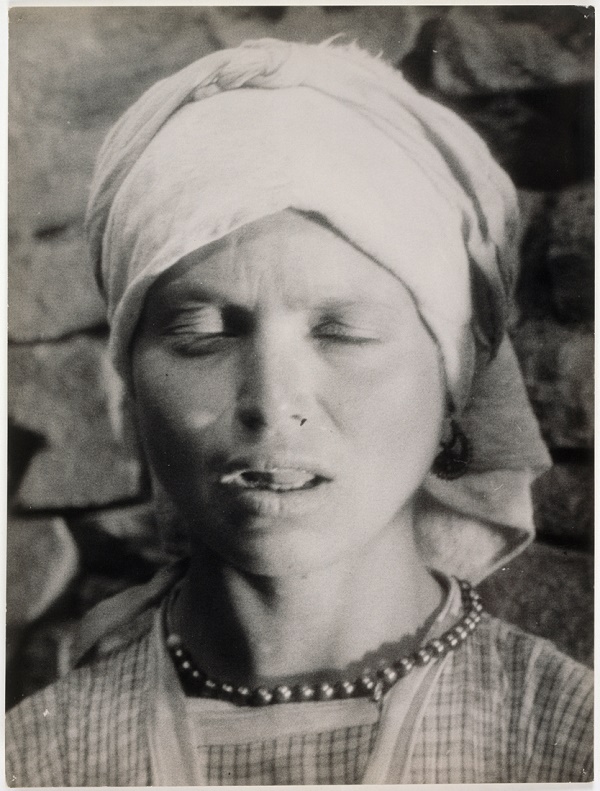
Eli Lotar, Las Hurdes, 1933, coll. Centre Pompidou, Paris
His social leaning developed mostly through his work as a film operator and director, be it in assisting Luis Buñuel on the shoot of Las Hurdes – Land Without Bread, or in reporting on Aubervilliers’ slums at the request of the city’s Communist mayor, Charles Tillon, who found the result to be too poetic and not militant enough.

Eli Lotar, Giacometti at the Rive Hotel, Geneva, 1944
At the end of his life, Eli Lotar was one of Alberto Giacometti’s last models —he had met him in Geneva during the war, hence the image pictured above. One would sculpt his model (three busts were produced, the one pictured below is not the one featured in the exhibit), the other would photograph his sculptor —achieving a visual equivalent to books by Jean Genet, Isaku Yanaihara and James Lord. Their dialogue ended with Giacometti’s death in 1966, preceding Lotar’s by three years.
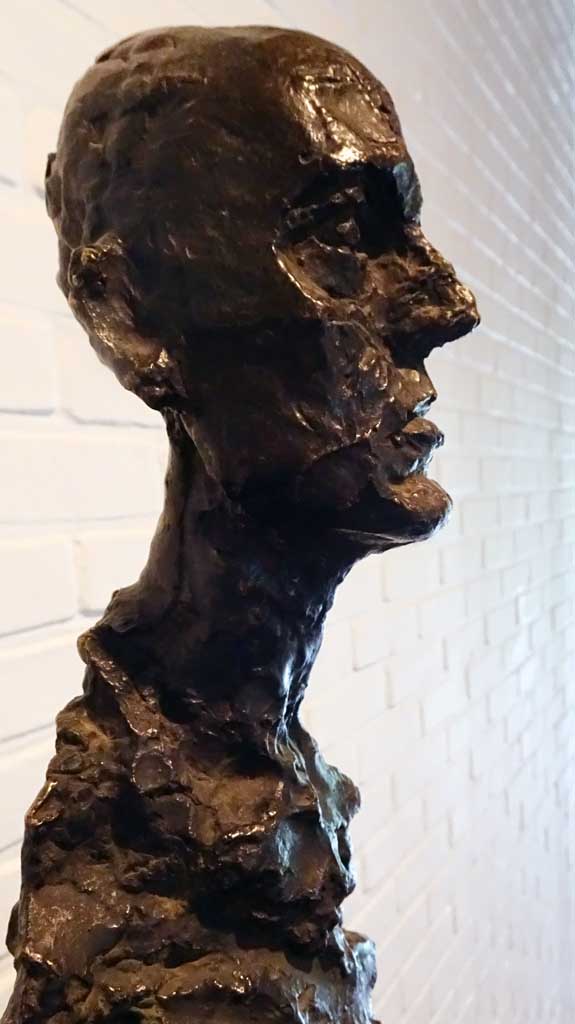
Alberto Giacometti, Bust of Eli Lotar, 1965
Photos 1, 2, 3 & 5 courtesy of Jeu de Paume. All photos © Eli Lotar
Read this article:
in the original French, alt.
in Spanish
Original publication date by Lunettes rouges: March 6, 2017.
Translation by Lucas Faugère
Pingback: Eli Lotar, au-delà des Abattoirs | lunettesrouges1